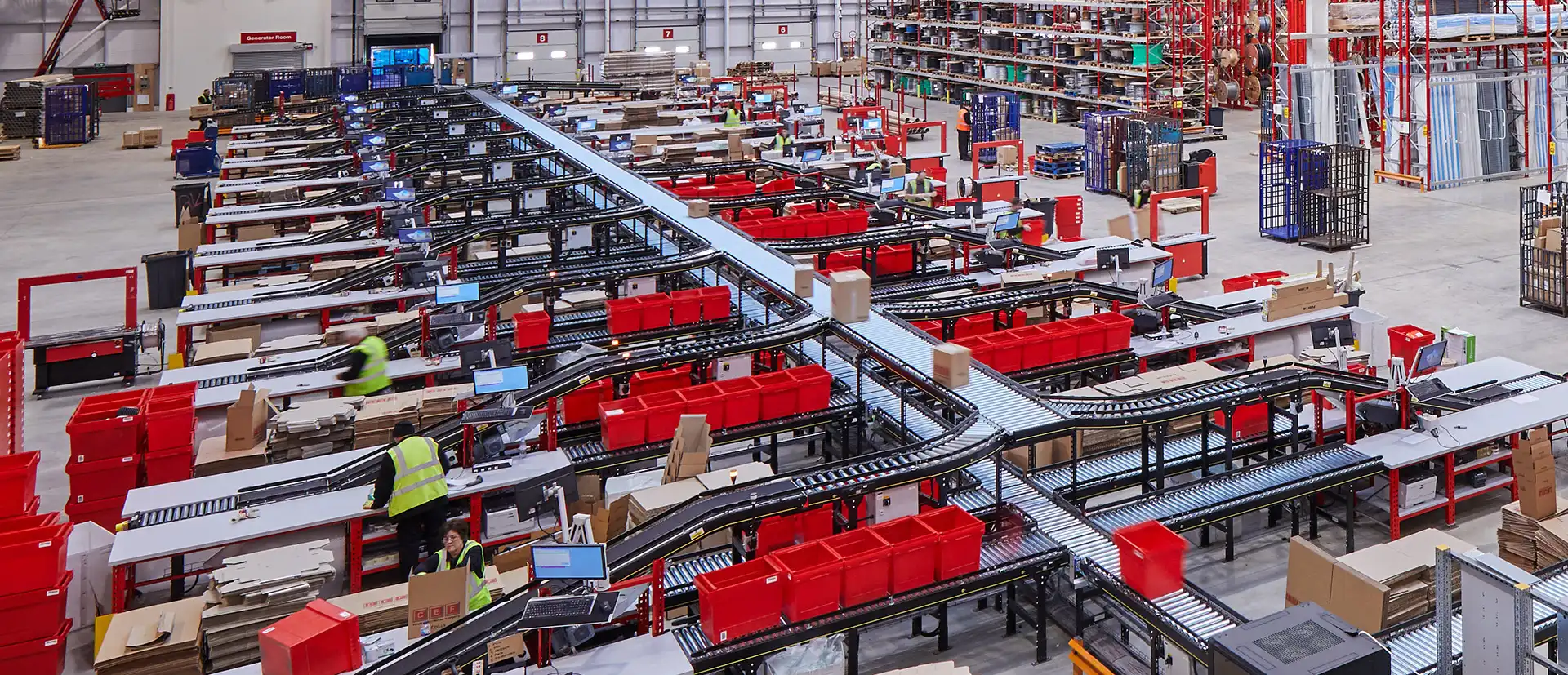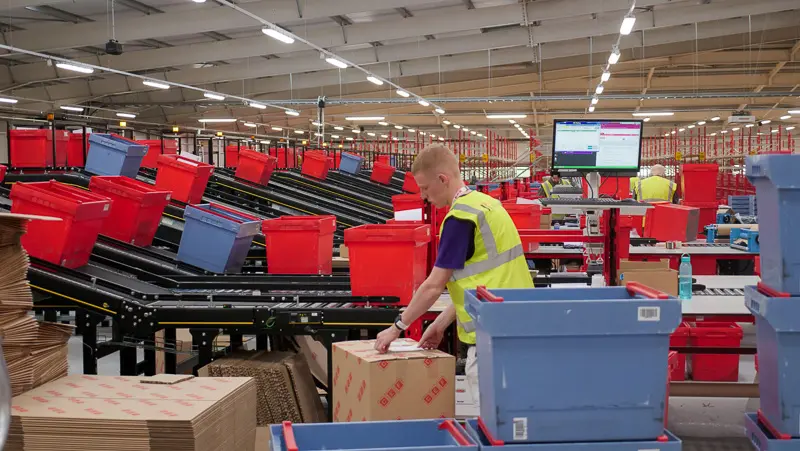For facilities and engineering managers responsible for keeping warehouses and eCommerce fulfilment centres running smoothly, downtime is the enemy. When automation or conveyor systems fail unexpectedly, even short disruptions can ripple across operations—delaying orders, upsetting SLAs, and ultimately damaging customer relationships.
One highly effective way to safeguard against this is by holding critical spare parts on-site. While it might feel like an unnecessary overhead at first glance, stocking the right spares can yield significant operational and financial benefits.
Here are seven key advantages:
- Minimise downtime and maintain throughput
Unexpected breakdowns can halt operations and reduce your facility’s throughput. With the right spare parts immediately on hand, your engineering or maintenance team can act fast—replacing faulty components and getting systems back up and running with minimal delay. For fast-paced ecommerce operations, this quick recovery is critical.
- Reduce emergency call-outs and costly expedited shipping
Holding spares can dramatically reduce the need for emergency call-outs and same-day shipping charges. Waiting for a part to arrive overnight (or in most cases several days or weeks) adds unnecessary cost and can prolong downtime. This can lead to missed deliveries which will impact your customers’ experience with your brand. With spares already in stock, you’re not at the mercy of supplier lead times.
- Support planned maintenance strategies
Storing spares allows your team to schedule preventive maintenance with confidence. When you know the part is already available, you’re more likely to complete maintenance on time, rather than delay it due to stock constraints. This helps extend asset life and reduce unexpected failures.
- Avoid obsolescence delays
Some conveyor and automation components have long or irregular lead times—especially bespoke or OEM-specific items. Others may even become obsolete. Holding critical or hard-to-source parts ensures you’re protected against supply chain uncertainty, manufacturer discontinuations, or import delays.

- Improve first-time fix rates
When a breakdown does occur, having the correct spare parts in your stores increases the likelihood of a first-time fix—especially when combined with detailed fault logs and trained engineers. This reduces repeat call-outs and avoids extended periods of partial operation.
- Enhance operational resilience
Spare parts stocking is a practical form of risk management. Whether you’re operating a single shift or a 24/7 fulfilment centre, your business continuity plans should include critical spare parts. Having these in place builds resilience and protects your brand from avoidable service disruptions.
- Increase engineer efficiency
When your engineering team knows the parts they need are immediately accessible, they can resolve faults faster and more efficiently. There’s no time wasted sourcing parts, chasing suppliers, or cannibalising other equipment. This streamlines both reactive and proactive maintenance tasks.

What parts should you stock?
The specific spare parts to hold will depend on your system, and our team can advise on specific parts to keep in stock, common categories include:
- Motors and gearboxes
- Sensors and encoders
- Bearings and rollers
- Belts and chains
- Control panels and PLC modules
- Pneumatics and actuators
- Safety devices
It’s also important to review spares stock periodically and align it with any system upgrades or changes to operational demand.
How CSL can help
At CSL Automation, we support customers with spare parts strategies tailored to their system and business needs. Whether we installed your equipment or not, we can help identify critical components, recommend stock levels, and even supply and install them when required.
We also offer full preventive maintenance plans, breakdown support, and system audits to help your operation stay ahead of issues—not behind them.
Let’s keep things moving!
Contact us on 01283 55 22 55 or email [email protected] to discuss how we can support your system’s long-term performance.














